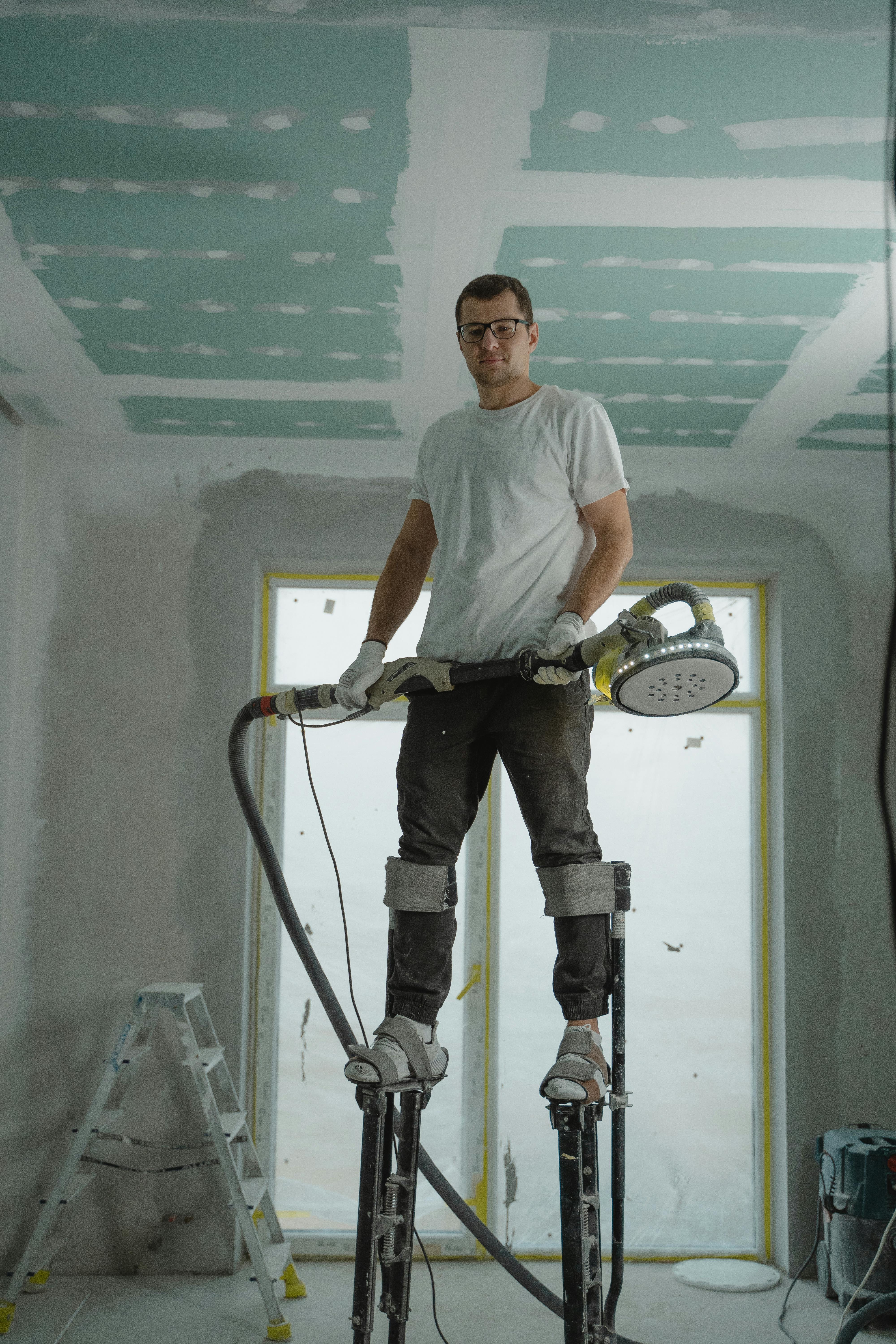
Introduction
The growing trend of DIY home improvement projects has swept across nations as an efficient way of personalizing living spaces without emptying the wallet. However, diving headfirst into these projects without proper safety measures can lead to unintended accidents and health hazards. To ensure the successful completion of any DIY project, safety protocols must be respected. This article delves into the essential safety tips for undertaking DIY home improvement projects successfully.
Understanding Your Skills and Limitations
Every successful DIY project begins with understanding your skills and limitations. Before commencing any home improvement task, evaluate your ability to handle the job. Familiarize yourself with the necessary tools, techniques, and safety measures required to complete the task at hand.
For beginners, partaking in smaller tasks that require a lower skill level would be beneficial. There's no rush. Learning is a gradual process. If a task seems daunting or too complex, do not hesitate to call a professional. Safety should always be paramount in all home DIY projects.
Proper Use and Maintenance of Tools
Proper knowledge of tools is a prerequisite to successful and safe DIY home improvement. Tools should not only be used correctly but also kept in good condition. Cleaning tools after each use and storing them properly prevents potential hazards. Also, remember to use the right tool for the right job. Avoid substituting tools, as it might lead to accidents. For example, using a screwdriver as a chisel might result in injuries if the tool slips.
Personal Protective Equipment - An Essential Need
Wearing personal protective equipment (PPE) provides an added layer of safety during any DIY project. Depending on the task, PPE might include safety goggles, hard hats, gloves, dust masks, and hearing protection. For instance, wearing safety goggles when drilling or sawing can prevent harmful debris from making contact with the eyes. Always prioritize your health and safety above all else.
Clutter-Free Working Space
Maintaining a clean and clutter-free working space is imperative to avoid trip hazards or other accidents. Before commencing your home improvement project, ensure the workspace is devoid of any items that could obscure pathways or interfere with the tools and machinery.
Safety in Ladder Use
Ladders, while essential for reaching high points during DIY tasks, can pose significant risks if not used carefully. Always use a sturdy ladder and place it on a flat, stable surface. Never over-reach or lean too far to one side, as it could upset the balance, leading to a fall.
Electrical Safety Measures
Working with electricity demands heightened safety measures to prevent electrocution and potential fires. Always turn off the electricity at the fuse box before starting any electrical work. Using a voltage tester can further confirm if the circuit is safe to work on. Moreover, it is advisable to consult an electrician for complex electrical work.
Safe Handling of Hazardous Material and Chemicals
A DIY project may require handling harmful chemicals and materials. Always read the labels, follow the manufacturer's instructions, and store these items properly. Wear PPE when dealing with such materials to prevent skin burns, inhalation risks, and other health hazards.
Conclusion
DIY home improvement projects, despite their potential for customization and cost savings, can bring risks. But if you respect the craft, understand your capacity, use tools wisely, and follow safety protocols, successful completion of projects can be guaranteed. Whether you're merely replacing a light fixture or upscaling your entire living room, remember that safety is the cornerstone of any successful DIY home improvement project.